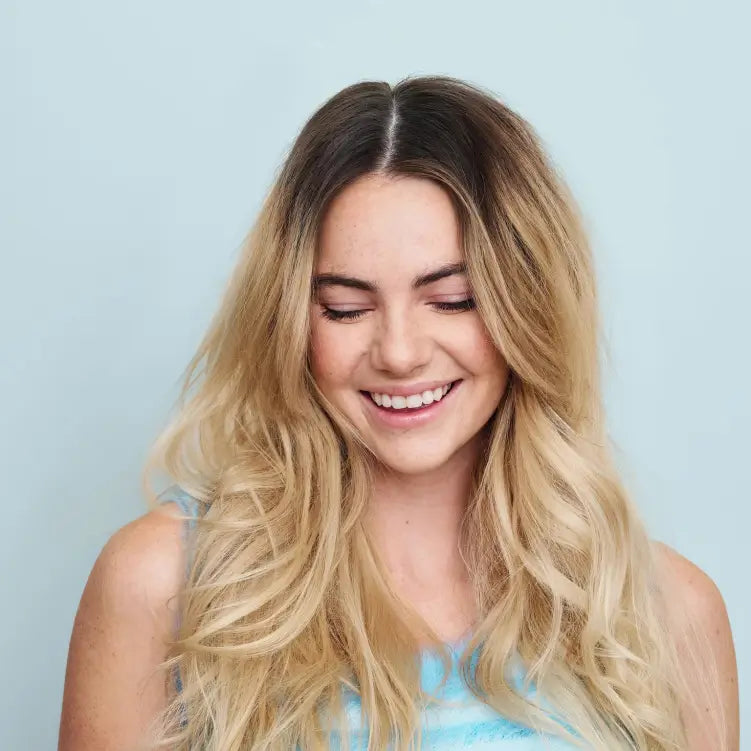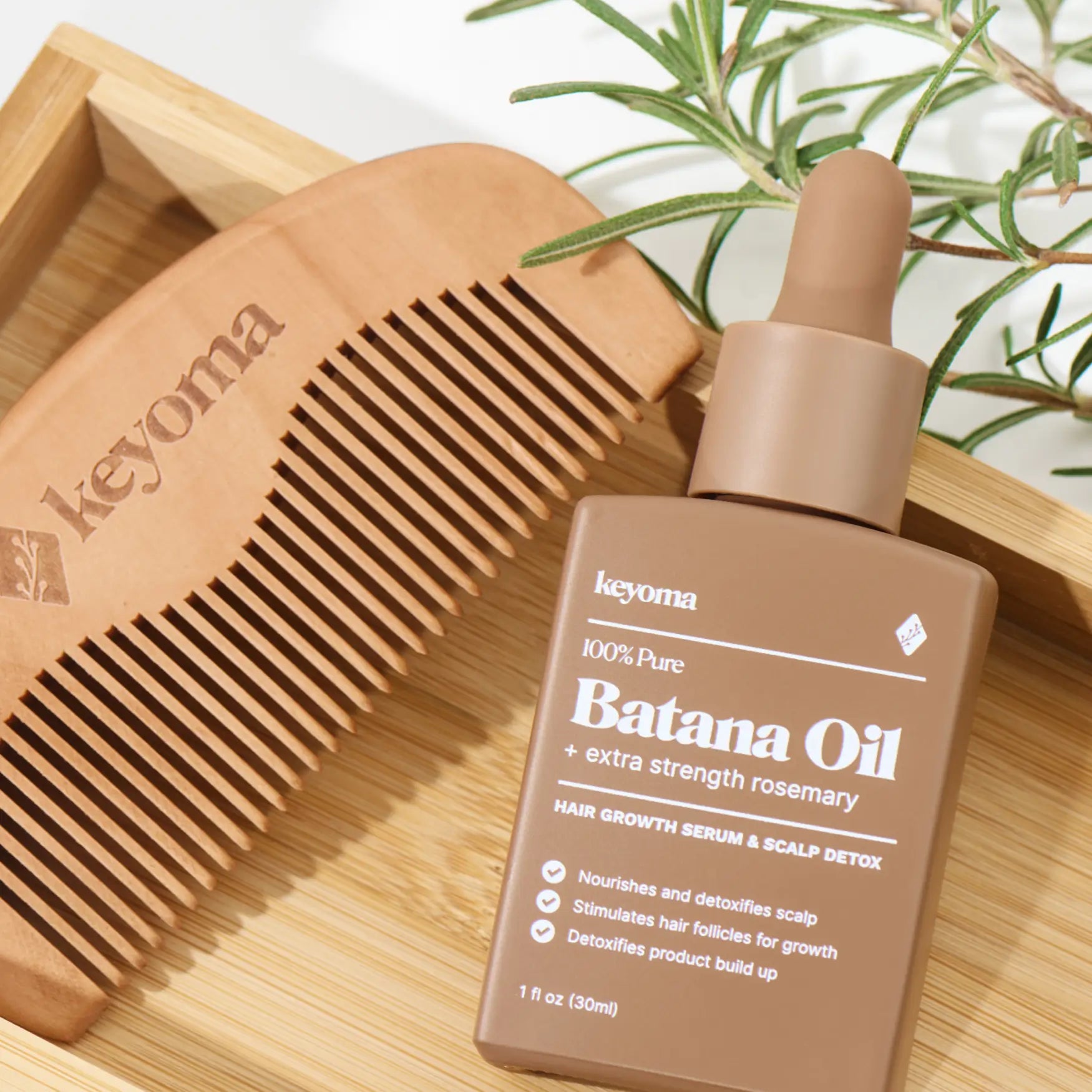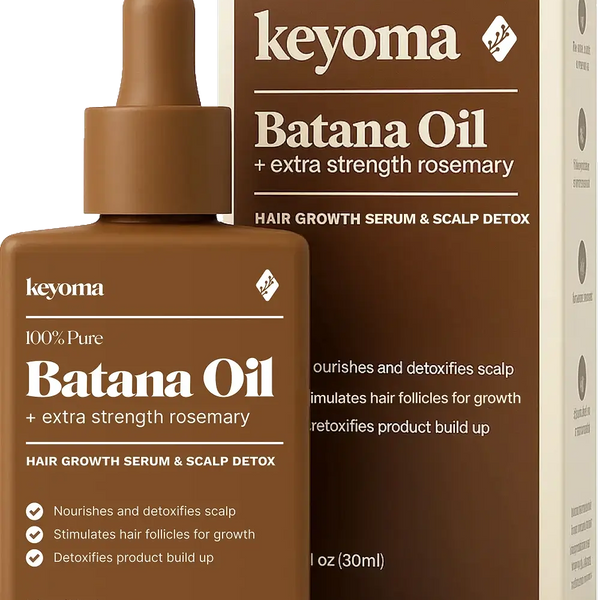In this article
Staying active supports overall well-being, and that includes your hair. When you work out, circulation improves, carrying oxygen and nutrients to follicles. With stronger blood flow, follicles stay nourished, which can support growth and help limit shedding.
Adding exercise to your days also tends to bring stress down, which helps protect hair. Ongoing stress can lead to telogen effluvium, a condition tied to excess shedding. By moving regularly, you can ease stress and create a scalp setting that favors healthy growth.
Key Takeaways
-
Regular exercise improves scalp circulation, delivering oxygen and nutrients that support follicle growth.
-
Physical activity lowers stress and cortisol, which can reduce stress-related shedding and loss.
-
Exercise may help regulate DHT and boost collagen, supporting stronger strands and scalp.
-
Moderate exercise three days weekly, about 30 minutes, improves circulation without overtaxing.
Why Exercise Is Good for You
Healthy habits usually lift your mind, body, and spirit. The past few years have been tough, and many of us have felt endless stress.
A recent stress snapshot survey from the American Psychological Association described how the continuing disruptions of the global pandemic are affecting people’s lives.
When stress sticks around, you can experience tension, anxiety, irritability, mild depression, and unfortunately, increased hair fall.
Exercise can help with many stress-related complaints. In the studies I reviewed, routine activity was linked with easing hormonal changes and imbalances such as polycystic ovary syndrome, hirsutism, diabetes, improper sugar balances, perimenopause, and menopause.
Can Lack of Exercise Affect Hair Growth?
Short answer, yes. A sedentary lifestyle can keep your body from running at its best. That can influence circulation, nutrient uptake, stress levels, and hormone balance, all of which play into hair health.
Just as activity can support healthier hair, too little movement may tilt things the other way. Less blood reaching the scalp means fewer nutrients for follicles, which can affect growth. Elevated stress, hormone shifts, and reduced nutrient absorption can also work against healthy hair.
Keep in mind that many factors contribute to hair loss, and inactivity is only one possible piece. Choosing a more active lifestyle is a positive step for hair health and overall well-being.
How Regular Exercise Affects Hair Health
Exercise can influence hair more than you might expect. It anchors a healthy lifestyle with better cardiovascular health, improved mental well-being, and a stronger physique, and it shows up in hair health too. Here’s how it helps.

1. Lowers Stress and Balances Hormones
Stress is a major driver of hair loss. It raises cortisol, a hormone that can weaken follicles and speed shedding. Regular movement, including yoga and cardio, helps keep stress in check, which can lower the risk of stress-related hair loss.
2. Helps Regulate DHT Levels
Dihydrotestosterone (DHT) is linked to androgenetic alopecia, or pattern baldness. Excess DHT can shrink follicles, leading to thinning or loss. The papers I saw show that exercise may help steady hormone levels, potentially preventing excessive DHT production.
3. Improves Scalp Blood Flow
Exercise enhances circulation throughout the body, scalp included. Better blood flow means follicles get the oxygen and key nutrients they need, supporting stronger, healthier growth.
4. Aids Natural Detoxification
Sweating during workouts helps your body flush certain wastes, including pollutants that can affect hair. This natural cleansing may help create a healthier setting for growth.
5. Supports Collagen Production
Collagen supports hair structure. Regular activity can stimulate collagen production, which may fortify strands and promote scalp health.
Now that the benefits are clear, here are exercises many people choose when they want to support hair health.
Best Exercises to Support Healthy Hair
You’ve seen how movement supports scalp health. Now choose simple steps you can stick with. Start with tension relief before cardio or strength. Hold a standing forward fold for about 30 seconds to calm stress and encourage circulation, then build from there with options that match your energy and time. Begin a hair-friendly workout plan.

1. High-Intensity Interval Training (HIIT)
High-Intensity Interval Training blends cardio with strength. Try short HIIT sets that include burpees, crunches, squats, jumping jacks, push-ups, and mountain climbers.
2. Scalp Massage Techniques
Simple yet effective, a scalp massage helps stimulate follicles. Work it in during free moments or while you’re in the shower.
For technique, place your fingertips on the top sides of the scalp and move them steadily. Add light pressure as you rub back and forth, and use small circular motions.
To get a better effect, use Keyoma's Pure Batana Oil with Rosemary during your daily scalp massage.
3. Gentle Neck Exercises
Training neck muscles may help by releasing built-up tension around the area. Try gentle head movements, front-to-back and side-to-side. Practise these once or twice daily to get the most benefit.
4. Inversion Poses for Blood Flow
Headstands and other inversions can promote blood flow to the head, which may make hair appear more lustrous. A headstand can also relax you and stimulate follicles by increasing the movement of blood and nutrients to the scalp.
5. Side-to-Side Hops for Circulation
This exercise may support growth by improving circulation. To do it, stand tall with your feet apart. Bend slightly and hop to one side, then the other. Repeat on both sides.
6. Standing Forward Fold Pose
This yoga pose helps ease anxiety and stress. Since stress can fuel hair loss, it’s useful to lower it with movement.
To practice, stand and fold forward. You can touch your nose to your knees and wrap your hands around your legs. Hold the shape, breathing in and out deeply, for about 30 seconds.
7. Jogging or Easy Running
Better scalp circulation can support growth. Aim for cardiovascular exercise at least three times per week to boost blood flow. Jogging raises heart rate enough to help circulation without being overly intense.
8. Alternate Nostril Breathing Practice
Pranayama increases the oxygen supply in your body. With more oxygen, blood flow improves. For alternate nostril breathing, press a finger on the left nostril and breathe through the right for five seconds in and five seconds out, then switch sides.
9. Wind-Relieving Pose
This posture can support bowel movements. When toxins build up, overall wellness, including hair, can be affected. To try it, bring your knees to your chest and hug them. Hold for ten seconds, then breathe in and out. Repeat about 20 times.
10. Strength-Training Workouts
If high-energy workouts aren’t your style, consider strength training. These exercises raise heart rate and get blood moving. Good options include squats, lunges, side squats, calf raises, single-leg bridges, double-leg bridges, eagle crunches, and bicycle crunches.
11. Brush Hair the Right Way
Proper brushing can act like a basic hair-health exercise. Brushing spreads your scalp’s natural oils along the shaft. With a good brush, you can encourage those oils. It also boosts blood flow to the scalp, nourishing follicles that support growth.
Workout Intensity and Frequency for Hair Growth
To get the most from exercise for hair, balance intensity with frequency. Training should support health without piling on stress or fatigue, since those can cancel out benefits for growth.
Include Variety: Combine cardio, strength work, and flexibility sessions weekly. Variety keeps things interesting, builds a well-rounded routine, and helps maintain optimal blood flow and hormone balance for hair health.
Avoid Overtraining: Exercise helps, but pushing too hard can raise cortisol and hinder growth. Plan rest and recovery days, especially after intense workouts.
Moderate Intensity: Aim for moderate exercise three days a week. Brisk walking, easy jogging, swimming, and cycling for about 30 minutes can significantly improve circulation, including to the scalp, without overstressing the body.
Consistency is Key: Steady daily movement beats sporadic all-out sessions. Regular activity keeps blood moving to the scalp and nourishes follicles.
Move More for Healthier Hair This Week With Keyoma
Treat exercise like a hair habit, not a sprint. Consistency lowers stress that can drive shed and may improve scalp circulation. Sweat itself is not the enemy. Lingering sweat is. Let roots dry fully after workouts so microbes do not thrive and your scalp stays calm.
If training makes you wired at night, shift sessions earlier to protect sleep, because better sleep often means better growth signals.
Add a light post-workout scalp massage with pure batana oil to turn movement into daily nourishment. For realistic routines and recovery-smart care, visit the Keyoma Hair Care blog.
Featured Product
100% Pure Batana Oil + Rosemary









